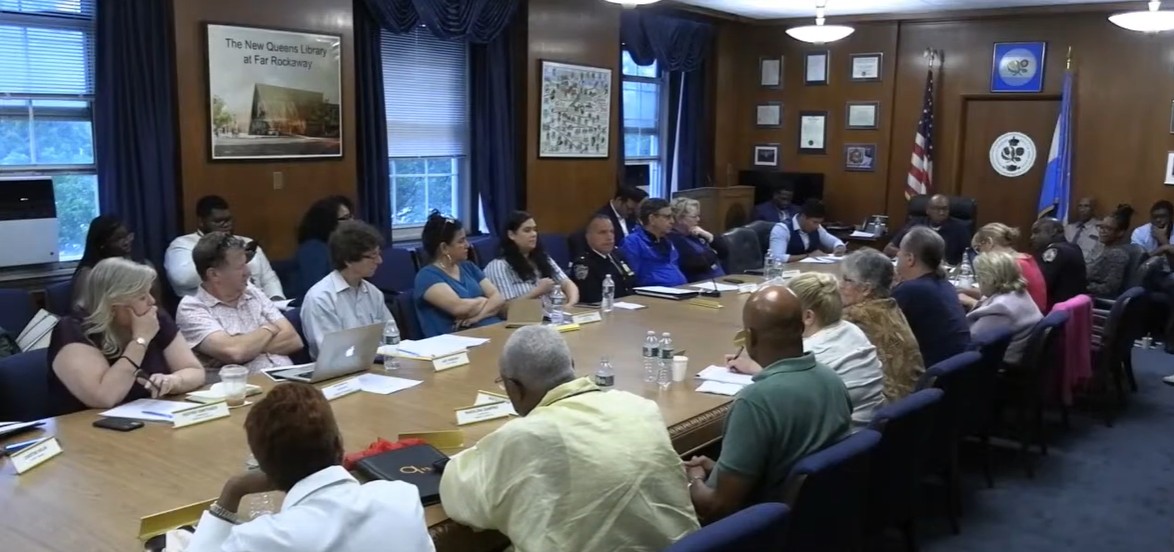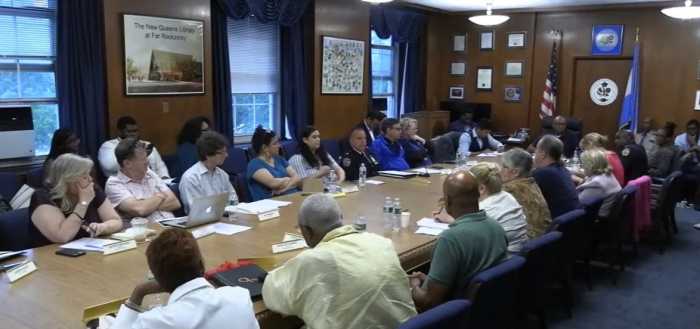The chronicle of devastation from what seems like an endless run of natural disasters has been difficult to fathom. Who hasn’t been moved by the tragic images emerging from Mexico, Puerto Rico and its island neighbors, even as homes in Houston and Florida remain sogged with floodwater?
People clawing rubble with bare hands, passing buckets of debris, pausing in eerie silence, looking for children.
Buildings leveled by savage winds, roads turned into rivers, lush landscapes stripped of greenery and nearly bereft of life, all across the Caribbean in the wake of Hurricanes Irma and Maria.
Yet, our spirits also have been buoyed by the spectacle of nations around the world responding. In Mexico, rescue and recovery specialists have poured in from the United States, Spain, Japan, Israel and other Latin American countries. Coast Guard, National Guard and other rescue teams from many states, including New York, deployed to Texas after Hurricane Harvey, then to Florida after Irma, and now to the Caribbean. As we see time and again, the worst that people face brings out the best in humanity — national and international cooperation, making all of us stronger.
Misery in the islands
While the immediate focus is on rescuing victims, massive recovery efforts await. It will be a sustained test of government on all levels, and there is no choice but to ace this exam. Houston, the Florida Keys, and other parts of both Texas and the Sunshine State still face great duress.
Puerto Rico and its island brethren face special hardships. There are no highways on which to bring in crews to restore power, or for people to get out. No power means no communications or coordination in the recovery effort. Even buildings that had generators will run out of fuel shortly.
NYC residents have family and friends in Puerto Rico and the Virgin Islands, and know well the other islands that were devastated. Recovery in these places is a military mission now, but supplies and resources will be needed for a long time to come. Our region knows the damage big storms can do but we had resources. Let’s be generous to those who were less fortunate this time.
Once the recovery effort is underway, it’s just as important to begin a deliberate and parallel effort to learn from these disasters. Some experts suggest creating disaster review boards, local or national. Whatever the mechanism, we must analyze what happened — not as a partisan exercise in assigning blame, but as a dispassionate debrief to best guide the way forward.
Questions we must answer
Was pre-storm preparation adequate? Was the response appropriate? How and where do we rebuild? What zoning and building codes must be changed? Apply the lessons. An understandable urge to return to normalcy is a prescription for the same result the next time around.
And let’s respect science by fully funding the National Weather Service. The Category 4 hurricane that hit Galveston, Texas, in 1900 killed up to 12,000 people. All the recent hurricanes together claimed only a fraction of those lives. One big difference? Accurate forecasting that led to appropriate warnings heeded by those in harm’s way.
The images we’ve seen have been compelling. Now let them compel all of us to act to make everyone safer.





































